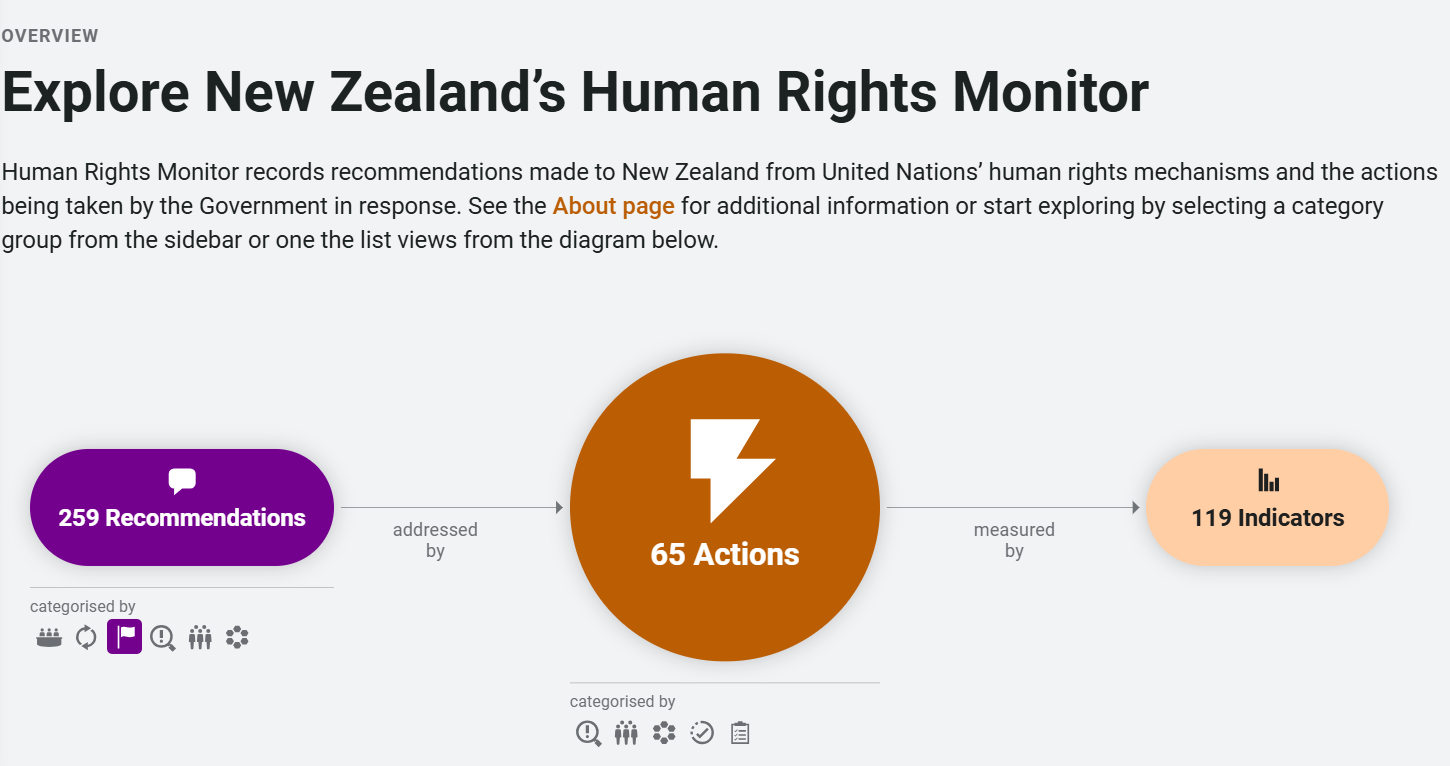NZ quietly downgrades its commitment to implementing disability rights.
The National-led government doing the absolute bare minimum for disabled people.
This one can be tricky to get your head around if you’re not involved in the disability sector, so I’m going to do a short explainer first. If you already know this background material feel free to scroll on past!
Background info: the UNCRPD, the IMM, and the Concluding Observations
Aotearoa New Zealand is a signatory to the United Nations Convention on the Rights of Persons with Disabilities (UNCRPD). This means that the government has to report to the United Nations on a regular basis regarding how well it is doing at implementing the rights of disabled persons. The government is measured against specific targets connected to the articles of the UNCRPD.
The monitoring and reporting process is undertaken by New Zealand’s International Monitoring Mechanism (IMM), the Human Rights Commission, and the Office of the Ombudsman. Essentially, the IMM monitors and reports on the government’s progress to realise the rights of disabled people in Aotearoa New Zealand.
The most recent reporting round was in April/May 2022. The one before that was in 2014. The next review will be in October 2030. You can see from the reporting periods that there is an expectation of non-partisanship (it shouldn’t matter what flavour of government is in charge, disability rights should be upheld). It is also a long-term approach and allows a decent wedge of time for governments to implement recommendations.
The 2022 report from the IMM can be read in full here. The response from the UN Committee was published in September 2022. Their Concluding Observations on the combined second and third periodic reports of New Zealand can be found here: CRPD/C/NZL/CO/2-3.
The UN Committee made 63 recommendations to the NZ government in their Concluding Observations. These all pertain to areas where NZ is failing to uphold the rights of disabled people and sit across various areas of government (e.g., Justice, Oranga Tamariki, Education, MBIE).
Underpinning this entire process is the assumption that, in signing the UNCPRD, NZ is committed to upholding the rights of disabled persons and to implementing the necessary legislation and systems to enable this to occur.
Responses to the UN’s Concluding Observations
Following this process in 2022, the Labour government agreed to progress 55 of the 63 recommendations from the Concluding Observations from the UN Committee.
The incoming National-led government has thrown that out.
Instead, they have agreed to progress less than half of the Concluding Observations. That is, only 30 out of 63 recommendations will be worked on. These are mostly recommendations where work is already underway/in progress.
The National-led government *might* implement another 17 recommendations *if* they feel like it after Whaikaha does the work to refresh the New Zealand Disability Strategy during 2025. The remaining 16 they’ve simply shrugged, said oh well, too hard, so sad, maybe later if you’re lucky (I am of course paraphrasing here!).
It gets worse. The UN Committee, in its 2022 Concluding Observations, congratulated NZ in establishing Whaikaha – Ministry of Disabled People, and for implementing the Enabling Good Lives initiative nationally.
This government has significantly downgraded Whaikaha and has cancelled the national rollout of Enabling Good Lives. Current signs point to Enabling Good Lives being utterly discarded by this government (if it can get away with it).
Grim.
The New Zealand Disability Strategy
The New Zealand Disability Strategy 2016-2026 guides the work of government agencies on disability issues. The vision was:
New Zealand is a non-disabling society - a place where disabled people have an equal opportunity to achieve their goals and aspirations, and all of New Zealand works together to make this happen.
The current Minister of Disability Issues has directed Whaikaha to refresh this strategy during 2025 and to focus on 5 outcome areas:
Housing
Education
Health
Employment
Justice
There has been no consultation with the disability community regarding these focus areas. In contrast, the previous Disability Strategy was designed in conjunction with the disability community and had 8 outcome areas:
Make of that what you will.
A glimmer of hope
There has been previous work done to create a clearer monitoring and reporting mechanism for New Zealand’s obligations regarding human rights. While the UNCRPD obligations have not yet been uploaded, the online monitor is a useful tool. It provides clarity regarding what the recommendations are, what the actions are being undertaken, and the measures or indicators of success.
You can explore the Human Rights Monitor here.
One has to work quite hard to spin this positively. The best spin I have heard so far is doing a few things well, a focus on tangible outcomes means it is clearer what is being undertaken, it is easier to implement and monitor a few areas, and these are all important and we can get some good wins on the board. All of this is true, but it still feels very much like a half-hearted attempt to do the bare minimum for disabled people and families.




This is such a challenging read - I wish the hope was greater than the pattern of policy narratives we're working with here. Quantitive outcomes are reframed as social impact outcomes, then into measurable investment dollar values, then highlights the unreasonable demands on taxpayer dollars, then the offer is to target the most affected 5% of the target demographic, and, finally, benevolent generosity that meets the needs of an exhausted and vulnerable community.
Ngā mihi. The current government seems to have changed ‘not caring’ from apathy to aggression